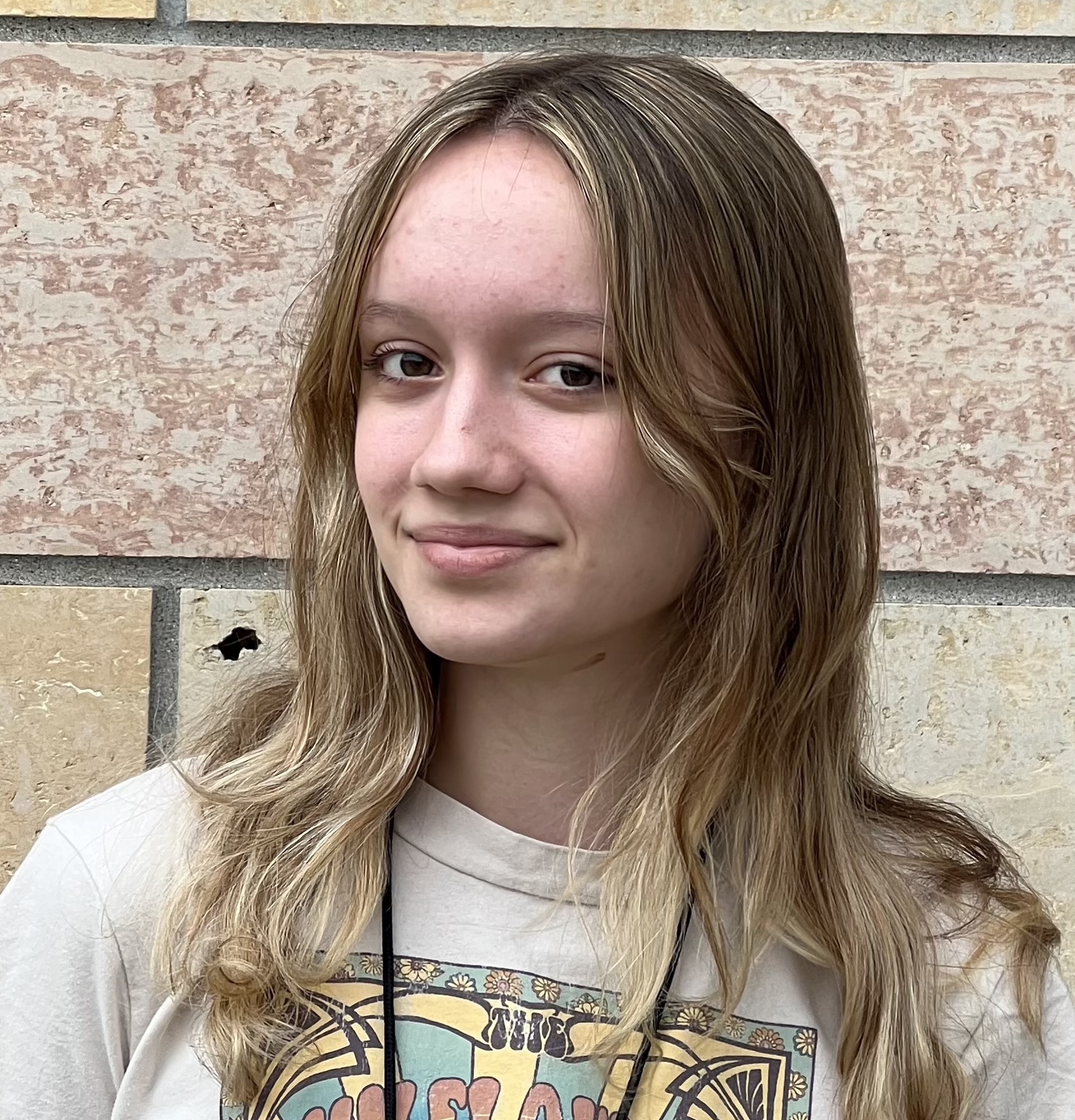
I watched my dancers walk out from the wings, wearing the white costumes we carefully picked out, and onto the brightly lit stage, presenting themselves to the audience that was concealed by shadows. The dance that I have choreographed no longer belongs to me. My hands are shaky, my breathing is rapid, but I am not anxious or scared. Instead, I am excited because my long history in dance has given me the courage to be vulnerable and share parts of myself with the world.
The beginning of my sophomore year was incredibly lonely. By some cruel twist of fate, I ended up without any of my friends in my classes. I ate lunch alone for almost two months. Each day, I hoped no one would look at me and see the shame written all over my face. The feeling of isolation was so consuming that I could not bring myself to tell anyone, which made me feel even more alone. Near the end of the year, my school dance teacher approached me about choreographing a piece of my own and teaching it to a group of dancers. This opportunity to choreograph granted me the chance to divulge my emotions, and share the stories that were vulnerable and personal to me through movement instead of words.
Ever since I began dancing at my local rec center at the age of 2, dance has empowered me to express myself. When I decided to take dance more seriously, I switched to a studio where I began to train in many styles, like ballet, tap, modern and jazz. Dance quickly became one of the most important things in my life. My studio was my second home and the friends I had made became my second family. The performing aspect of my studio was my favorite. This feature allowed me to share what I had learned and show off what I could do. These performances made me more confident in sharing myself with the world, and gave me a lesson in discipline and responsibility, lessons that would help me now with my choreography project.
My creative process began with interweaving all the lessons I had learned in dance with the emotions and feelings I had experienced throughout that year. I had to find movements, lighting and formations that could convey a story of isolation and loneliness. There were auditions to run and choreography to teach, as well as taking charge of a large group of dancers by myself. Emotional work also needed to be done. I had to be honest with myself about what I had gone through and build up the strength to be vulnerable, not just with my audience but with myself, which was the hardest thing of all. What made it easier was the connection I had built with dance, knowing that I don’t always have to express what I’m feeling through words.
Before I knew it, I was standing in the wings, clenching and unclenching my fists, praying that the dance would go well. Throughout the performance I felt myself getting lost in the piece; the only thing that woke me was the sound of the audience’s applause. I knew I had succeeded in conveying my story. The process of confronting my emotions and translating them into choreography had paid off. My eyes were opened to the realization that I was so lucky to have found such courage and freedom of expression through dance. Even in my hardest moments, I will always have dance to turn to as a creative outlet, a way to express my emotions and an instrument to tell my story.
